Greg Cook speaks at Danforth Sunday
"Alternate Reality: From Boston Expressionism to Lowbrow"
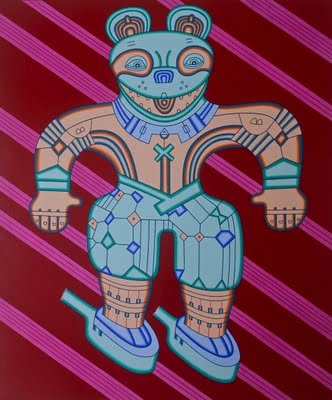
Greg Cook, the editor of The New England Journal of Aesthetic Research, gives at talk entitled "Alternate Reality: From Boston Expressionism to Lowbrow" at 3 p.m. Sunday, March 21, at the Danforth Museum of Art in Framingham. And you are invited. Mr. Cook says the talk will address the following matters:
Pictured at top: Karl Wirsum's 1986 drawing "Bow Wow Leggins." Below in roughly chronological order: Hyman Bloom (compare with Laurel Sparks's recent chandelier painting at bottom); Jack Levine; David Aronson; Peter Saul; Peter Schumann's Bread and Puppet Theater; Philip Guston; Gary Panter; Shepard Fairey; Ron Rege Jr.; Brian Chippendale; Mary O'Malley; and Laurel Sparks.
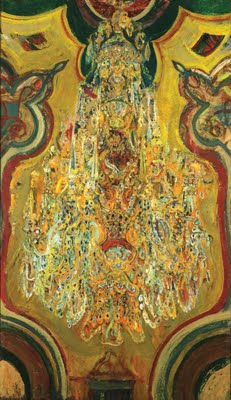
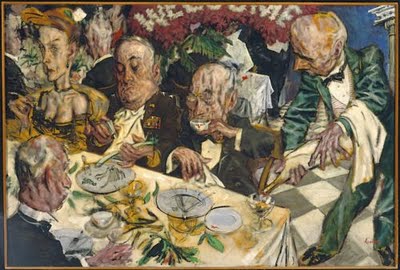
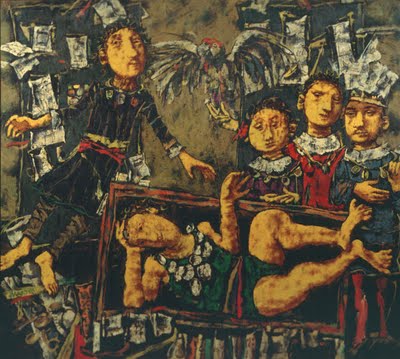
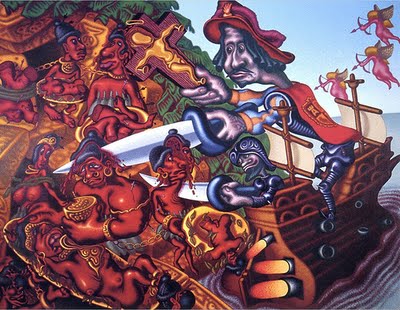

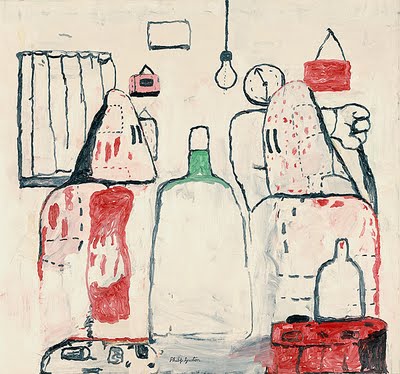
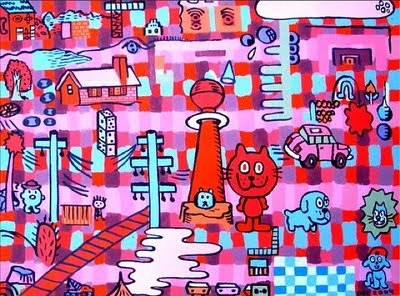
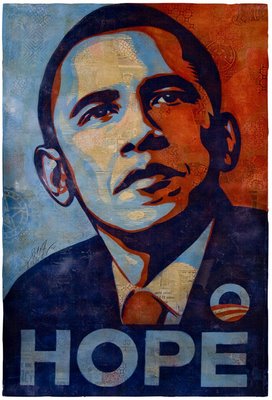
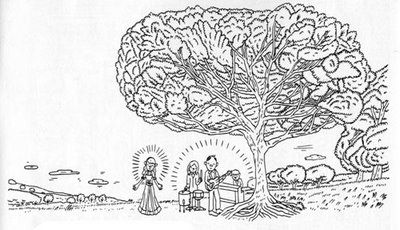
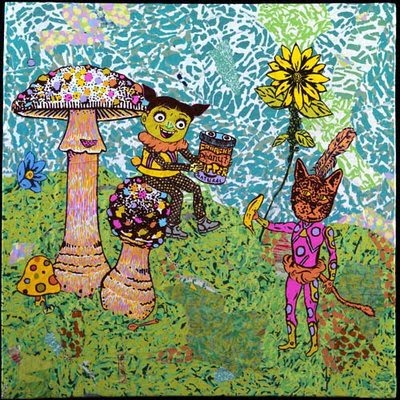
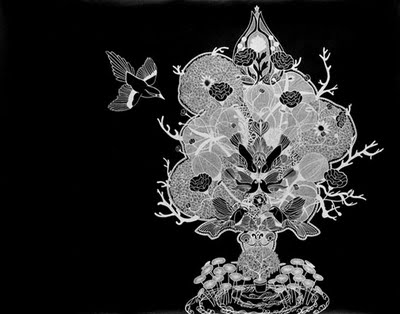


Greg Cook, the editor of The New England Journal of Aesthetic Research, gives at talk entitled "Alternate Reality: From Boston Expressionism to Lowbrow" at 3 p.m. Sunday, March 21, at the Danforth Museum of Art in Framingham. And you are invited. Mr. Cook says the talk will address the following matters:
In the 1930s and '40s, Boston painters developed a moody, mythic realism. They mixed social satire with depictions of street scenes, Biblical scenes, and mystical symbolic narratives, all of it darkened by the shadow of the Great Depression and World War II. It became known as Boston Expressionism, and it was "for a time the center of this line of [expressionist] development" in America, as Brooklyn Museum of Art curator John Baur wrote in 1951.Greg Cook, "Alternate Reality: From Boston Expressionism to Lowbrow" Danforth Museum of Art, 123 Union Ave., Framingham, Massachusetts, at 3 p.m. Sunday, March 21. NOTE: You must pay museum admission ($10, students and seniors $8) to get into the talk.
But the Bostonians have come to be left out of today's art histories and dismissed as backward provincials because their expressionist realism did not fit into the triumphant narrative of abstract art — particularly as it was made in New York. Despite being ignored and even discouraged by New York–centered officialdom, the expressionist-realist strain kept sprouting up across the country, like a genetic mutation in isolated archipelagos, willing itself into existence.
Boston art critic Greg Cook presents new research connecting the dots among related developments in Boston, Chicago, and California, as the expressionist realist style incorporated the look of pop culture in the 1950s and '60s and evolved into the Lowbrow art of today. In the process, he traces links from Boston back to German Expressionism and forward to Philip Guston, Peter Saul, Chicago’s Monster Roster (Leon Golub, H.C. Westermann, Nancy Spero) and Hairy Who (Jim Nutt, Gladys Nilsson, Roger Brown, Karl Wirsum, Ed Paschke), Bay Area funk (Robert Arneson), and Haight-Ashbury psychedelia (Robert Crumb, Victor Moscoso), Bread and Puppet Theater in New York and then Vermont, California Lowbrow (Robert Williams, Gary Panter, Shepard Fairey, Gary Baseman, Tim Biskup, Camille Rose Garcia, Mark Ryden, Barry "Twist" McGee, Margaret Kilgallen, Claire Rojas), Providence’s Fort Thunder and Hive Archive (Mat Brinkman, Brian Chippendale, Jim Drain, Xander Marrow, Jungil Hong, Jo Dery, Paper Rad); cartoony artists like Ron Rege Jr. who clustered around Tom Devlin's late 1990s publishing house Highwater Books in Cambridge, and the visionary eccentric-realist art of locals today like Raul Gonzalez, Mary O'Malley, Elaine Bay, Resa Blatman, Laylah Ali, Derek Aylward, Caleb Neelon, Ria Brodell, and Hannah Barrett.
Cook describes an alternative history of art of the past century that reestablishes Boston Expressionism as an early example of a remarkably resilient and ever more prominent movement.
Pictured at top: Karl Wirsum's 1986 drawing "Bow Wow Leggins." Below in roughly chronological order: Hyman Bloom (compare with Laurel Sparks's recent chandelier painting at bottom); Jack Levine; David Aronson; Peter Saul; Peter Schumann's Bread and Puppet Theater; Philip Guston; Gary Panter; Shepard Fairey; Ron Rege Jr.; Brian Chippendale; Mary O'Malley; and Laurel Sparks.


















0 Comments:
Post a Comment
<< Home